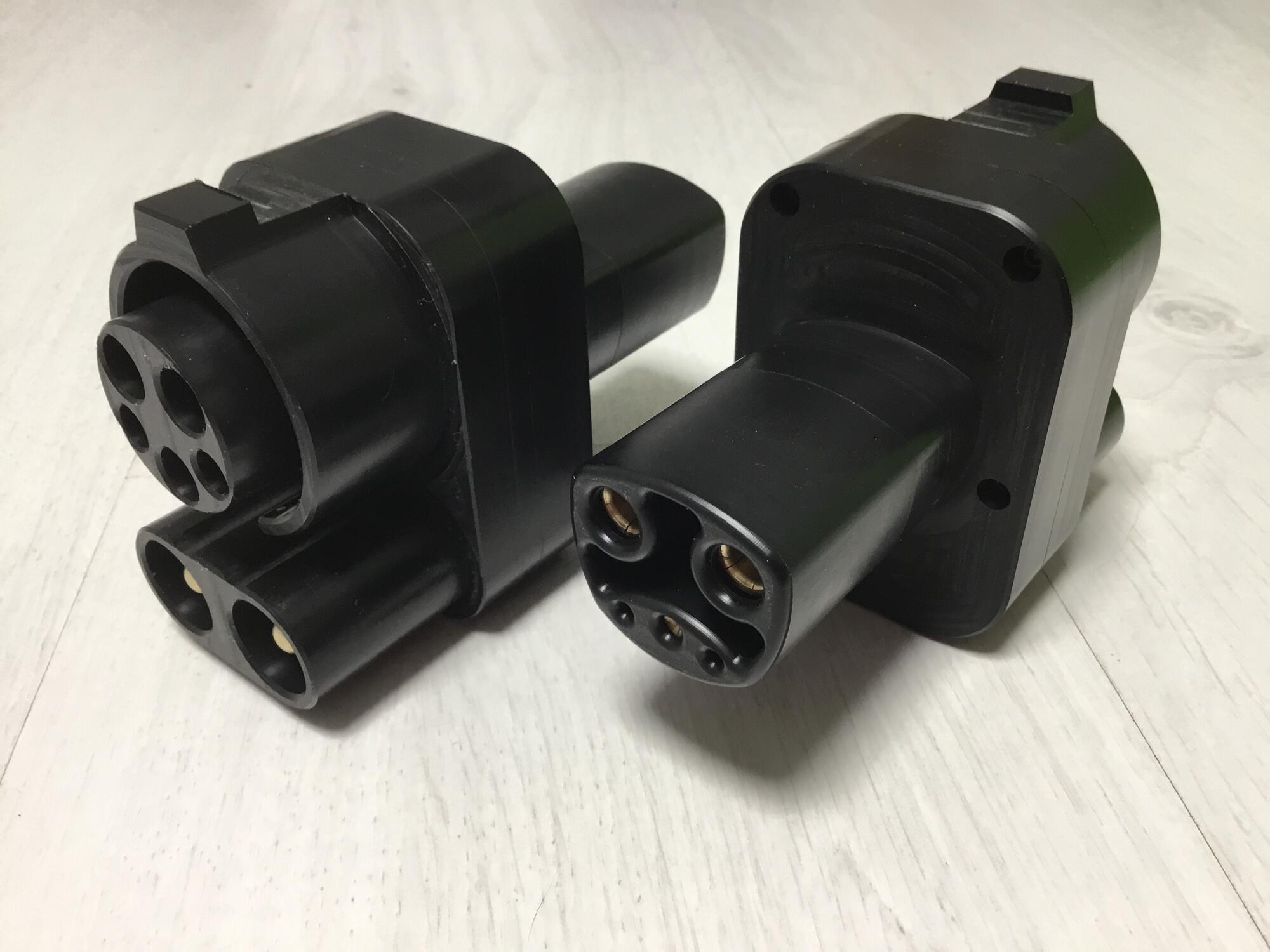For the US, Ioniq EV was for ages a virtual So Cal only near vaporware with TINY sales numbers. It took ages to spread to CARB emission states. Look at
Monthly Plug-In EV Sales Scorecard: Historical Charts.
e-Golf was a CARB compliance car. Good luck getting one outside CARB states. It's discontinued. Clarity BEV was also a compliance car with puny range and lease only. It went away in 2020:
Honda Clarity Going Out Of Production Due To Weak Demand: Report.
Doesn't matter if they were compliance cars or not, it was a clearly a trend, which the next year continued, as the Niro, i-Pace, e-tron came out using CCS, then even more cars in 2020. In contrast, there were zero new models having CHAdeMO added, with some even moving away from it.
Sure it was a contributing factor. No other US non-Tesla DC FC major provider was putting on such a stitled ratio of CCS vs. CHAdeMO and doing 150 or 350 kW CCS vs. 50 kW CHAdeMO (e.g. 5 to 7 CCS vs. 1 CHAdeMO). The one that takes the cake has 27 CCS vs. 1 CHAdeMO. I do not know of any EA sites with >1 CHAdeMO, so the proportion is always ranges from pretty screwed to very screwed.
If they put on an equal or more equal ratio and tried just hard to push CHAdeMO to higher charging power and keep their CHAdeMO handles working, do you think automakers selling in the US would automatically gravitate towards CCS? What if they installed 5 to 27 150/350 kW CHAdeMO at each site and 1 50 kW CCS? What do you think automakers would do in the US?
Again, EA was only one provider. Even if they made zero CHAdeMO, they only had 500 stations before even Nissan decided to switch, while there were over 3000+ other stations from other providers. I don't buy that all automakers (including Nissan themselves) picked CCS based on a single charge provider. It seemed obvious to me that CHAdeMO was always doomed to lose, as Nissan even struggled to get CHAdeMO members like Honda to stick with it (that the Clarity Electric used CCS in 2017, again before EA built their first station, was a pretty strong vote of no confidence and a sign of things to come).
Nissan switching to CCS for Ariya seems obvious. Was cheaper for them to do that vs. spend a ton $ to build out high powered CHAdeMO in the US. VW was already doing that, except only on CCS. If they stuck w/CHAdeMO in the US, Ariya drivers would encounter the same garbage and frustration that other CHAdeMO users have with EA and be limited to 50 kW or so and being hosed if that single CHAdeMO handle or charger is down.
It's not just the US, they also switched in Europe, which perhaps is just as important a factor if not more. The EU was always going to strongly favor CCS (even at the government level) and it makes sense for most manufacturers to just go with it, so that it becomes relatively trivial to support both NA and EU markets (plus Korea given Korea decided to switch to CCS officially in 2018).
There's not much >50 kW CHAdeMO in the US. Selling a mostly 50 kW DC FCing car in the US when almost everyone else is faster would be pretty dumb.
Again there are plenty of other charge networks other than EA, but most of them felt no desire to invest in 50kW+ CHAdeMO either. If you look at the vehicle support (basically only the Leaf and iMIEV) it doesn't seem like it makes sense to invest in much more powerful chargers as even the Leaf can get only about 70kW peak (plus all the overheating controversy) and there were no other EVs on the horizon that would use more powerful CHAdeMO. Contrast this with CCS which had plenty of cars and chargers on the horizon that supported 100+KW.
Regardless of when they put in their first charger and car availability date, it looks like EA was established in late 2016... I wouldn't be surprised if they reached out automakers to tell them their plans about CCS vs. CHAdeMO. And, if automakers planning to build BEVs for the US likely also inquired. After all, the time from product planning to engineering to production of saleable vehicles has a very long time span.
That sounds like a huge stretch to me, especially given no evidence to support it. Anyways, regardless of who's "at fault" for CHAdeMO failing, as soon as Nissan announced the switch to CCS, CHAdeMO was pretty much dead in the US, and the ball's in Nissan's court for what to do for those stuck with it.






